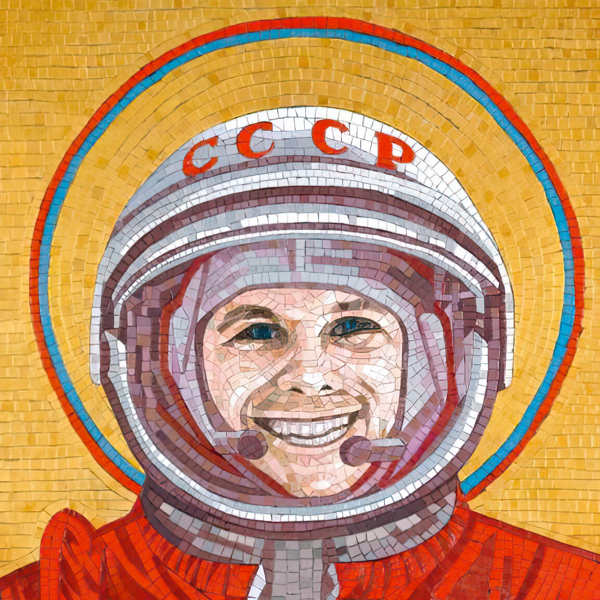I see you’ve described capitalism.
☆ Yσɠƚԋσʂ ☆
- 261 Posts
- 247 Comments
Indeed, Lein’s work is highly relevant today. For example, The State and Revolution directly addresses the debates over reformism and the nature of the state that we see constantly happening right now. It’s depressing to see all the same arguments replayed as if we don’t have historical evidence to lean on to decide which ones were correct.
this is a really good thread on the subject https://xcancel.com/existentialcoms/status/1248728086834601984

 2·1 day ago
2·1 day agoMagnetic tape turns out to be one of the best options.
What sort of a sick person would praise this https://asiatimes.com/2019/12/75-of-young-want-to-escape-south-korean-hell/
that probably sounded really intelligent in your head too
It’s baffling how often we overlook the importance of negative freedoms, such as freedom from poverty and the fear of illness or a lack of financial security in old age. These are tangible, real-world freedoms that directly impact our quality of life. Meanwhile, we’re constantly told that the ability to express ourselves is the ultimate form of liberty. It’s time to reevaluate our priorities and recognize the true value of actual tangible freedoms.

 112·2 days ago
112·2 days agoThe state of the rail system is a good proxy because it’s a huge infrastructure project that doesn’t generate any immediate profit. These types of projects are done primarily to provide social value, thus it’s an indication of a society that is willing to invest into improving the quality of life for the majority.

 1610·3 days ago
1610·3 days agoPeople aren’t moving to a country that’s difficult to move to. Amazing argument you’ve mustered there.
no the definition of a liberal here is a liberal
For sure, people internalize the dominant narrative and then everybody just repeats it to each other without really thinking about it. At the end of the day, most people want to fit in and they subconsciously adjust their views to match those of others around them.
Thanks, and you are very much on point here. The worst part is that propaganda is so pervasive that most people don’t even recognize it. There’s an anchoring effect at play here as well where people naturally assume that the society they grew up in is the natural default. Any deviation from that is seen as being extreme as a result.
when you definitely understand what fascism is
lame comment
Why do people just keep repeating this idiocy.
Famines were common occurrence before the revolution, and were in fact a major driver behind it. USSR doubled life expectancy in just 20 years. A newborn child in 1926-27 had a life expectancy of 44.4 years, up from 32.3 years thirty years before. In 1958-59 the life expectancy for newborns went up to 68.6 years. the Semashko system of the USSR increased lifespan by 50% in 20 years. By the 1960’s, lifespans in the USSR were comparable to those in the USA:
- https://en.wikipedia.org/wiki/Demographics_of_the_Soviet_Union
- https://www.rand.org/pubs/research_briefs/RB5054/index1.html
Quality of nutrition improved after the Soviet revolution, and the last time USSR had a famine was in 1940s. CIA data suggests they ate just as much as Americans after WW2 peroid while having better nutrition:
During the 1932 Holodomor Famine, the USSR sent aid to affected regions in an attempt to alleviate the famine. According to Mark Tauger in his article, The 1932 Harvest and the Famine of 1933:
While the leadership did not stop exports, they did try to alleviate the famine. A 25 February 1933 Central Committee decree allotted seed loans of 320,000 tons to Ukraine and 240,000 tons to the northern Caucasus. Seed loans were also made to the Lower Volga and may have been made to other regions as well. Kul’chyts’kyy cites Ukrainian party archives showing that total aid to Ukraine by April 1933 actually exceeded 560,000 tons, including more than 80,000 tons of food
Some bring up massive grain exports during the famine to show that the Soviet Union exported food while Ukraine starved. This is fallacious for a number of reasons, but most importantly of all the amount of aid that was sent to Ukraine alone actually exceeded the amount that was exported at the time.
Aid to Ukraine alone was 60 percent greater than the amount exported during the same period. Total aid to famine regions was more than double exports for the first half of 1933.
According to Tauger, the reason why more aid was not provided was because of the low harvest
It appears to have been another consequence of the low 1932 harvest that more aid was not provided: After the low 1931, 1934, and 1936 harvests procured grain was transferred back to peasants at the expense of exports.
Tauger is not a communist, and ultimately this specific article takes the view that the low harvest was caused by collectivization (he factors in the natural causes of the famine in later articles, based on how he completely neglects to mention weather in this article at all its clear that his position shifted over the years). However, its interesting to see that the Soviets really did try to alleviate the famine as best as they could.
speaking of gulags https://indi.ca/how-america-still-has-slavery/







and by accidentally described communism you mean that you accidentally shown that you have no clue what communism is